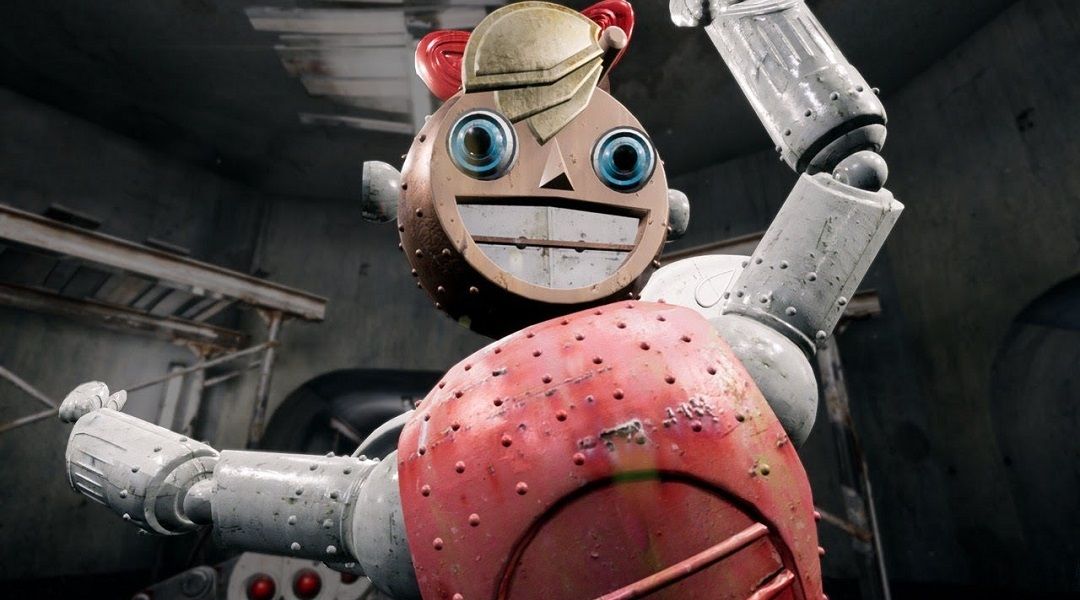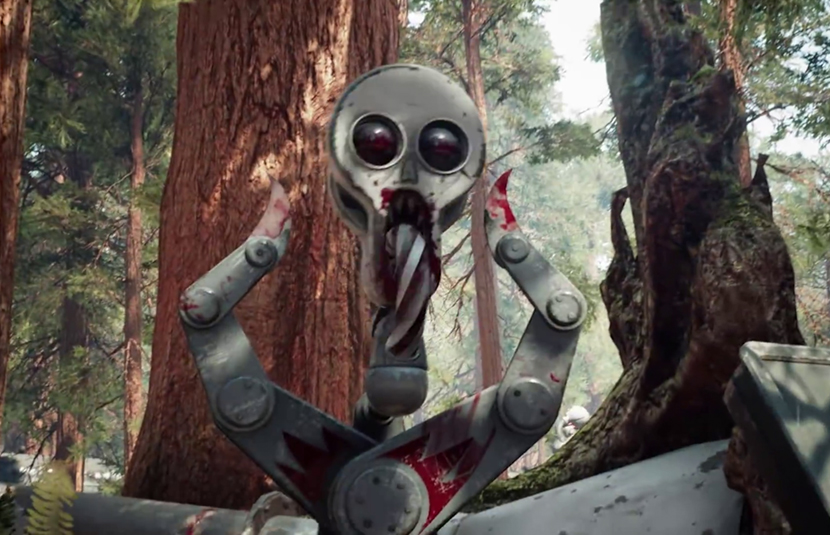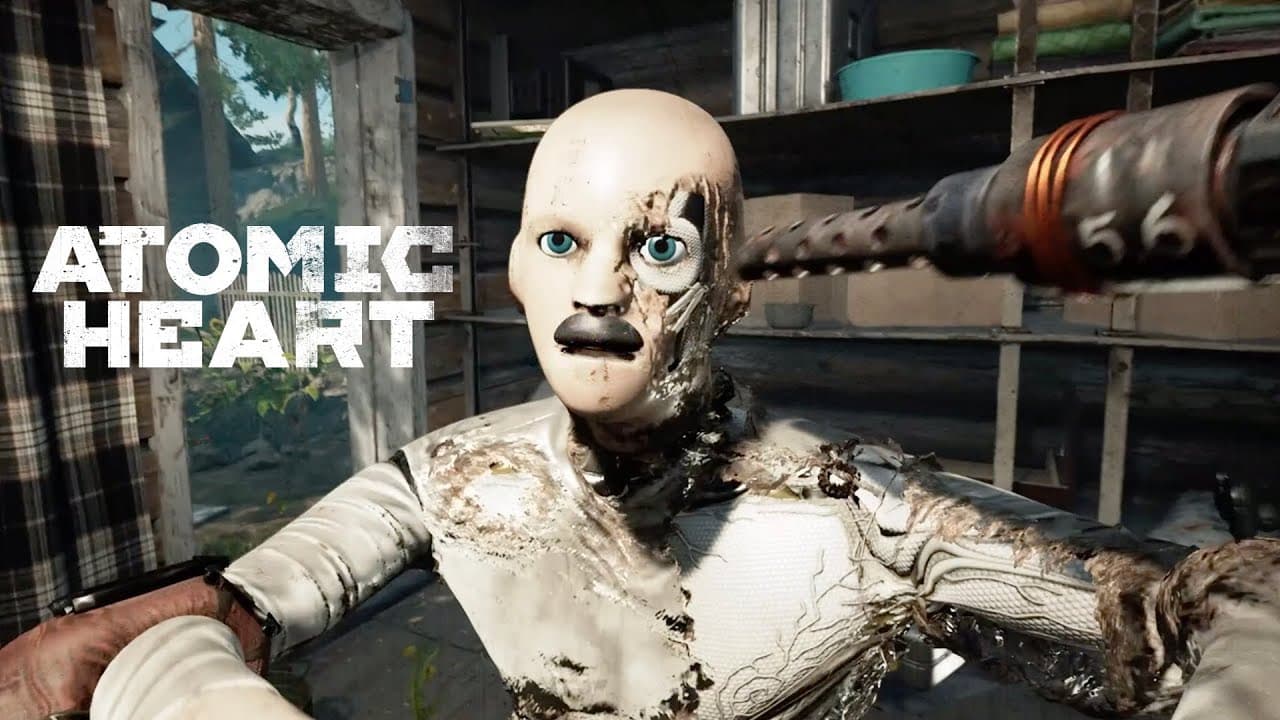
Critics are also wary of the game's lead character, Nechaev, who is a member of the KGB and loyal to the USSR. Those who believe the game is propaganda point to things like Atomic Heart’s aesthetic: a utopian USSR where red banners adorned with hammer and sickles are a frequent part of the scenery.

Atomic Heart, with its sleek graphics and unique gameplay, has earned positive reviews since its debut.

The game has been compared to BioShock, the wildly popular first-person shooter launched in 2007. Through Nechaev, the player unravels the mystery of why the robots have gone on a killing spree. The story follows fictional character Major Sergey Nechaev, who also goes by P-3, who must shut down a group of robots who have gone rogue and begun killing the locals. MundfishĪtomic Heart is set in a thriving 1950s Soviet Union, where robotics and technology have advanced far beyond our modern day. A still from the video game Atomic Heart. Those calling for boycotts also have suggested the game is Russian propaganda. Those critical of Atomic Heart have pointed to an alleged connection between Mundfish, the game’s developer, and Russian state-owned and state-sanctioned companies and enterprises - a charge that Mundfish denies.

At that point it depends only on your moral compass,” Ukrainian YouTuber Harenko said in a video about the game. “Some users could make a claim that they could simply pirate it, and pay no money to the Russian devs, and still enjoy the game.


 0 kommentar(er)
0 kommentar(er)
